Introducing New Resource Tools for Grassland Protection and Restoration

NLAP is happy to announce two new resource tools for grassland and biodiversity protection: our storymap, Grasslands: The Land and the People that Call it Home, and our Conservation Reserve Program Dashboard!
Announcing Our New Storymap: Building Up Native Youth in Agriculture
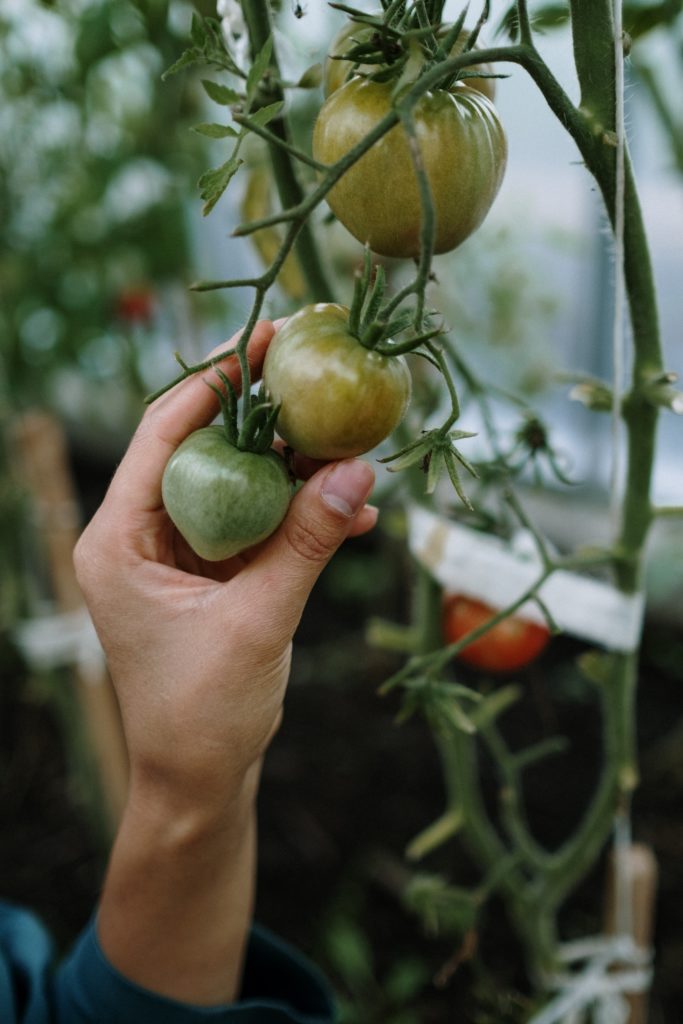
How well-represented are Native youth in the overall population of Native agriculture producers? What difficulties do Native youth face when entering agriculture, and what resources exist to support and empower them? The Native Lands Advocacy Project (NLAP) is happy to announce our new storymap exploring these questions: Building Up Native Youth in Agriculture! One of […]
Conservation Reserve Program
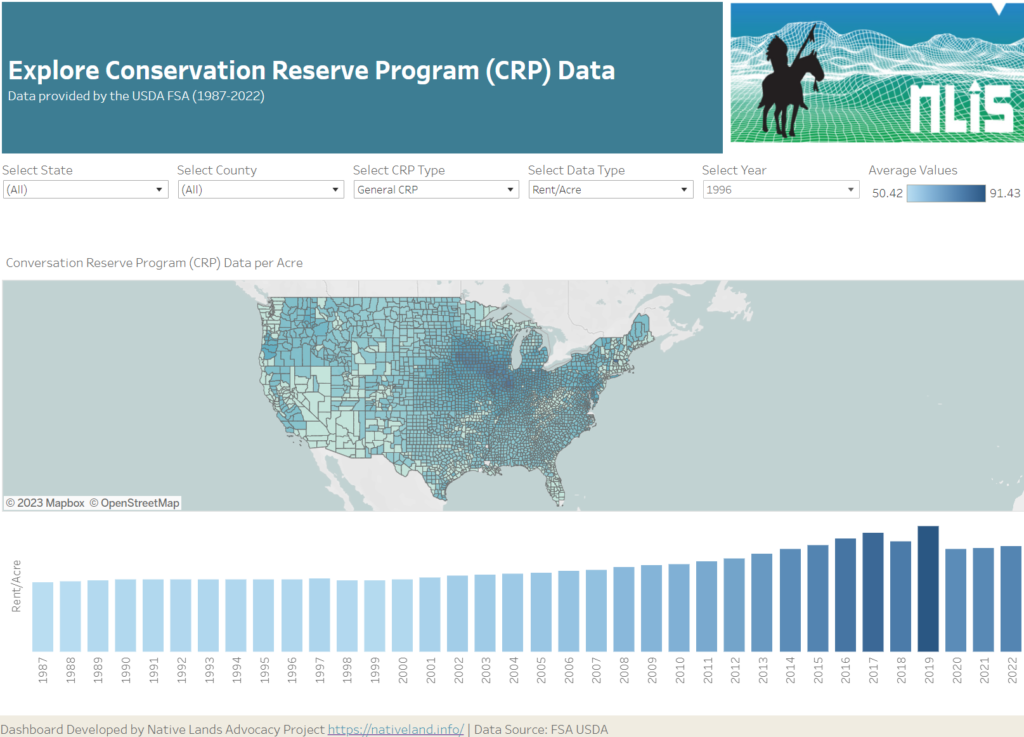
About this Dashboard This data dashboard summarizes data from the USDA FSA conservation reserve program (CRP) for every eligible county in the United States since the program’s inception in 1986 (data for years 1987-2022). The data in this dashboard shows state and county averages in addition to yearly enrollment and rent totals. Years of Coverage […]
Building Up Native Youth in Agriculture

How well-represented are Native youth in the overall population of Native agriculture producers? What difficulties do Native youth face when entering agriculture, and what resources exist to support and empower them?
2023 Farm Bill: Native Farm Bill Coalition Priorities & How the NLIS Can Help
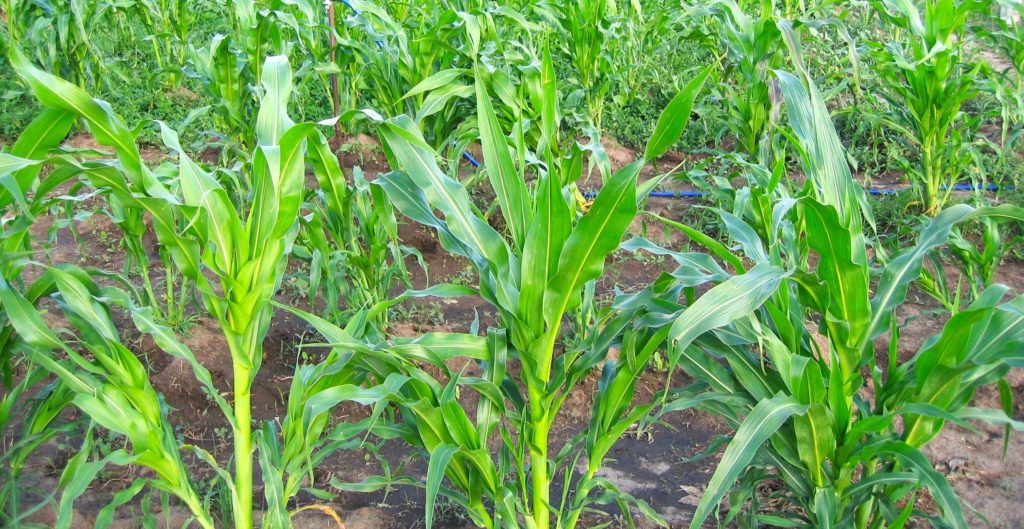
By Raven McMullin It goes without saying that the food system in the United States was created without the intent of maintaining or supporting traditional Native foodways. In fact, more than neglecting these traditional systems, new settlers sought to destroy Native food sources and economies—forcing dependence upon a strange and commodified food chain. However, traditional […]
New Demographic Features Added to NLAP’s Agriculture on Native Lands Data Dashboard
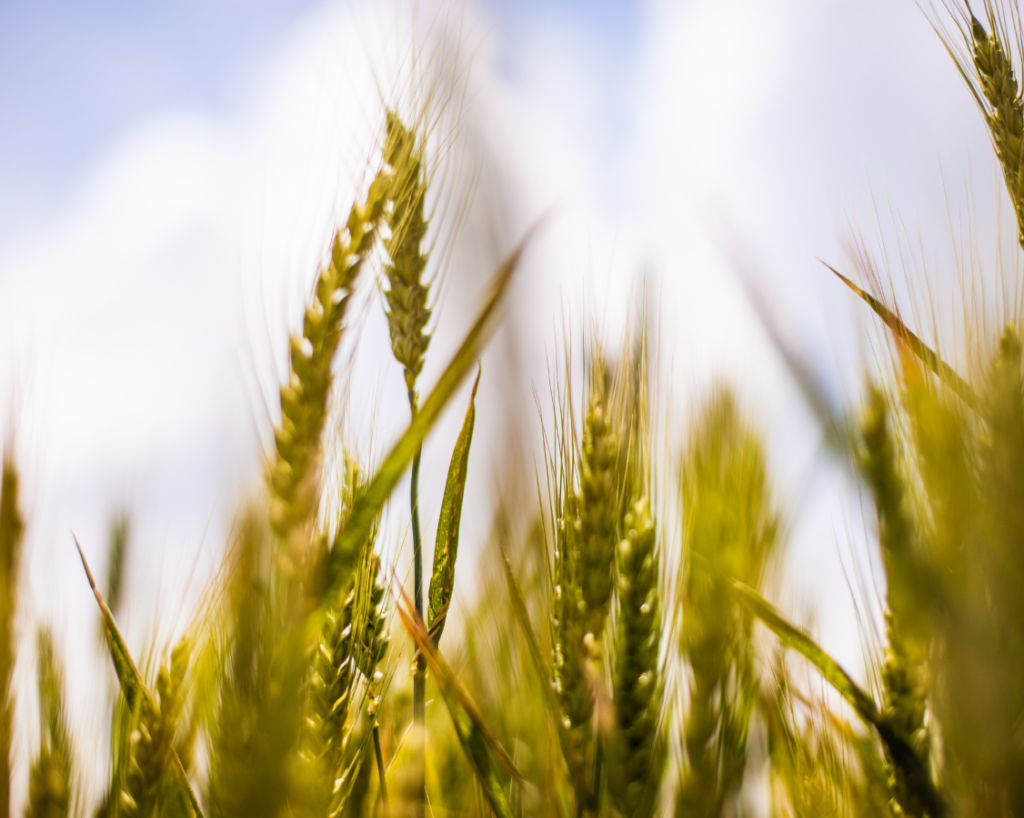
By Raven McMullin and Emma Scheerer Using our Agriculture on Native Lands Data Dashboard, you can now explore the age demographics of Native producers on Native lands! Through previous blog posts, story maps, and data dashboards, the Native Lands Advocacy Project (NLAP) has embarked on an extensive and critical analysis of the state of agriculture […]
US Drought Monitor (Google Earth Engine)
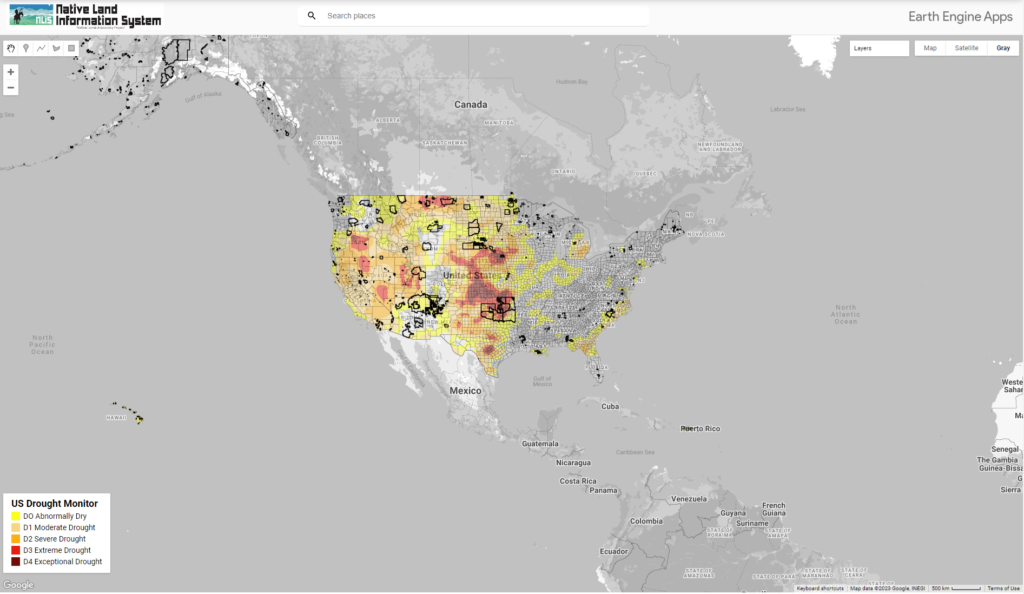
This map displays US Drought Conditions updated every Thursday as reported by National Drought Mitigation Center (NDMC)
Lakota Organic Growers Embrace Food Sovereignty in Times of Drought and Scarcity
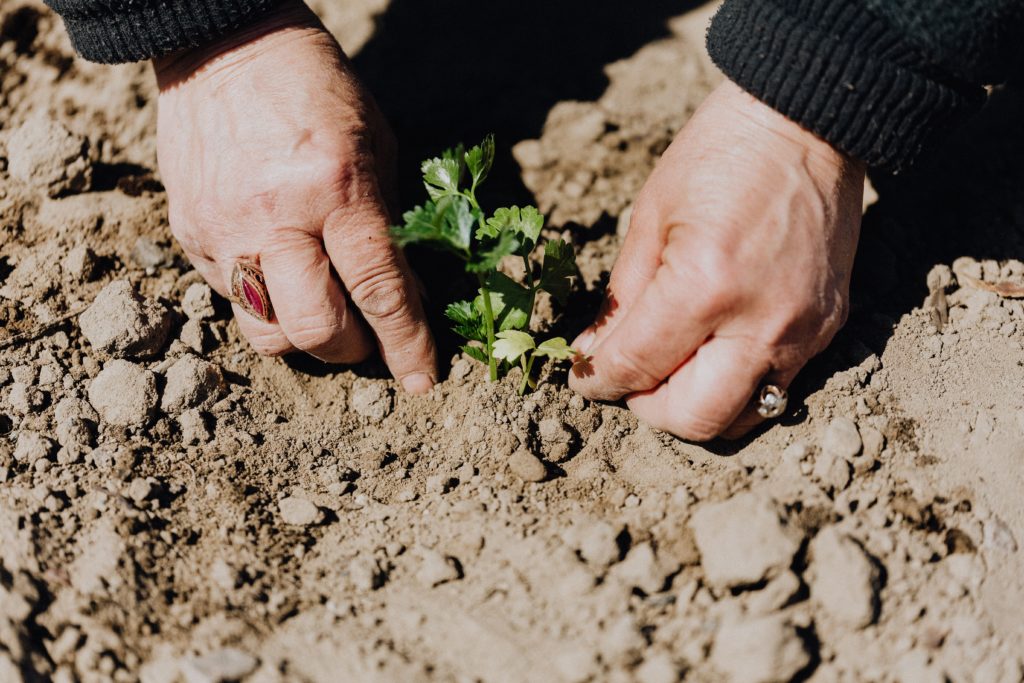
This blog is the second of two posts analyzing the challenges Native communities face accessing clean, sustainable water. Click here if you’d like to read part one. In South Dakota, west of the Missouri River, Lakota farmers have taken steps toward food sovereignty while grappling with limited funds, contaminated wells, and droughts. On the Pine Ridge reservation, semi-arid […]
Announcing Our New Storymap: The Legacy of Allotment on Contemporary Native Agriculture
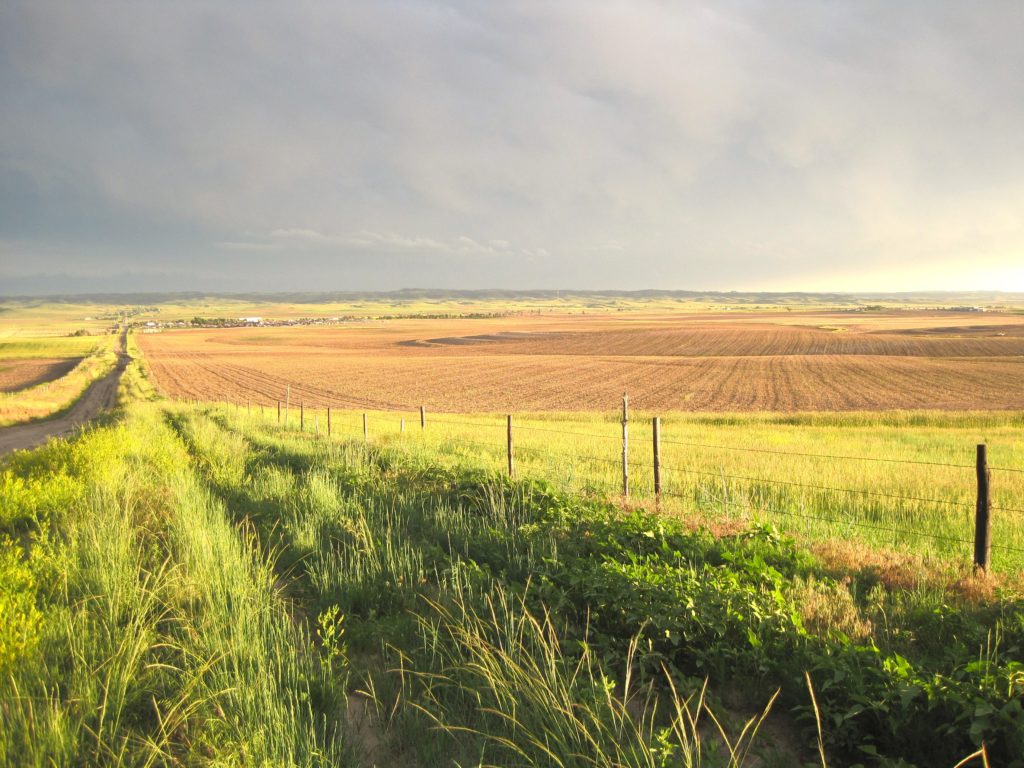
What did early reservation agriculture look like? What is the settler colonial myth, and how has it distorted the perception of Native agriculture? What is the historical legacy of allotment? How are Native communities actively resisting and healing from this legacy? The Native Lands Advocacy Project is thrilled to announce our newest storymap: The Legacy of […]
The Legacy of Allotment on Contemporary Native Agriculture

In this storymap, we explore recent data from the USDA Census of Agriculture for American Indian Reservations to illustrate the devastating and intergenerational impacts of the Dawes Act. Although we trace current disparities back to their roots in oppressive agricultural policies, Native communities across the country have been leading efforts to change the narrative.
Forest Lands Viewer
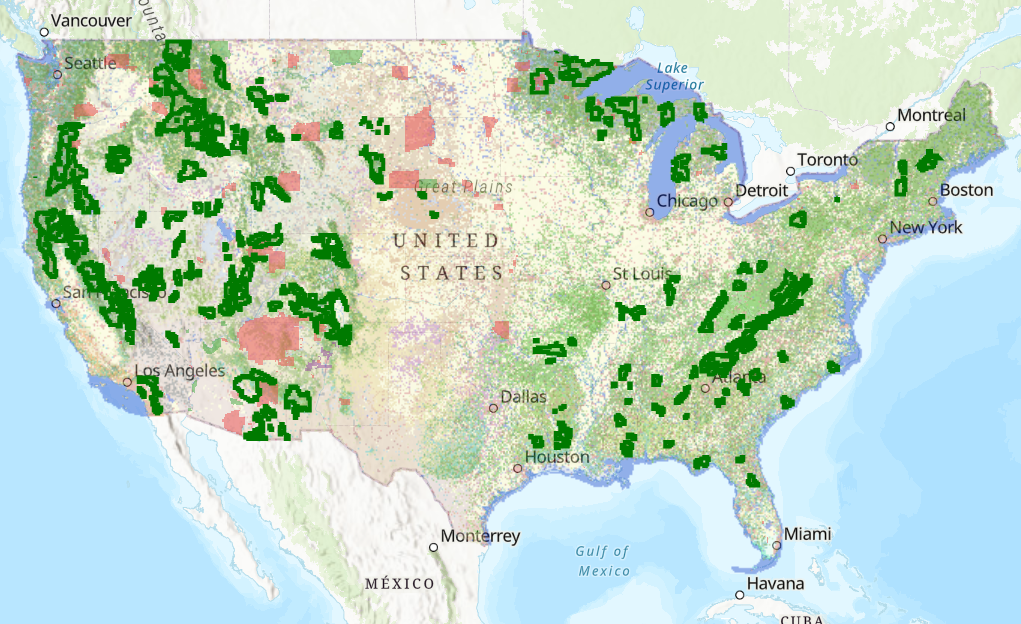
This map shows the canopy cover percentages and land cover types on Reservations and USFS lands.
ARMP-IRMP-Data Portal

ARMP-IRMP Planning Portal A Toolkit for Tribal Resource Management Plans Welcome to the ARMP-IRMP Data Portal This resource was developed by the Native Lands Advocacy Project in partnership with the Intertribal Agriculture Council and the Indian Land Tenure Foundation to assist Tribes in the development of Agriculture Resource Management Plans (ARMPs) and Integrated Resources Management Plans […]
